Blog
AI generated vacations: will robots take our lunch?
Hardly a day goes by when I’m not asked if AI is about to take our jobs in travel planning. It’s a fair question. One I’ve asked myself plenty of times.
This isn’t a Luddites’ lament. We use AI to take the robot out of the human - to free up time to focus on what really matters: connecting the right people to the right places in the right way. That, I believe, takes human interaction, especially when you’re working in less-resourced communities and lesser-known destinations.
Still, it’s astonishing what AI can do. So, I ran a test.
I took a real client brief for a four-to-five-week journey through the Basque Country, Rioja, the Pyrenees, and even dipping into France. They wanted a thoughtful mix of guided activities and self-exploration, slow travel, and great food. No chains, no rush, lots of flavor.
I fed this into an AI platform to see what it came up with. Then I compared it to the trip we delivered - admittedly ours shaped by conversations, questions, and a whole load of positive pushback. Because that’s the thing: AI doesn’t push back. It doesn’t challenge or get to the real 'why' behind a request.
Some overlaps? Sure. A couple of the same hotels. One or two restaurants. A guide in the right national park. A few decent ideas. But across a month-long trip? Not many.
Here's a Google Map of the AI route:
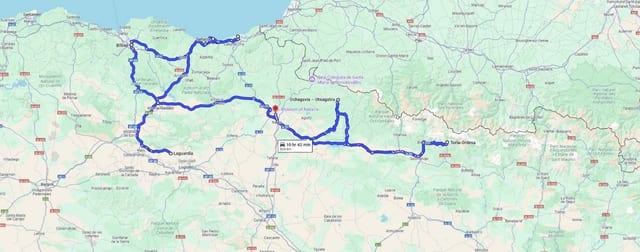
And our route:
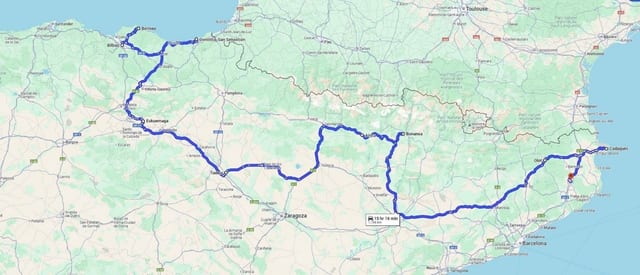
The biggest difference wasn’t in mileage but in meaning. Ours was a journey - unfolding naturally across places and experiences. AI’s? A jagged route that felt more like a shuffled list than a story.
The details mattered: dodging overcrowded hotspots, seeking out the unusual, planning pacing to let places breathe, using guides when they unlock genuine access or insights, but when they can’t? No point.
Did the AI trip look decent on first glance? Honestly, yes. That’s the point - it dazzles with surface-level competence. But the deeper you look, the more it shows: a lack of intuition, of emotional understanding, of cultural fluency.
Would the clients have had a nice time with the AI itinerary? Probably. But would they have sent this?
"We just arrived back and can't thank you enough for setting up a fantastic trip. We entrusted you with our goals and went with a bit of blind faith. You far exceeded expectations.
The itinerary and pace were perfect, with both guided and free days. The guides adapted to us beautifully. The mountains were beautiful and uncrowded. We enjoyed the Painted Forest almost alone. Wines were delicious. The food - from local cooking to Michelin whimsy - was incredible.
It was simply just great. Thank you for a truly memorable experience."
That’s the gap. Between fulfilling a brief and fulfilling a dream. AI is incredible at parsing data. But when your product is people? We still have the edge.
I like to imagine a slightly rueful tone in the disclaimer from my AI test: “OpenAI doesn’t use Pura Aventura workspace data to train its models.”
As if it wanted to add: “…much as we wish we could.”

Spanish Pyrenees Signature Drive
-
$4,000 pp
- 14 days

Basque Country Signature Drive
-
$3,850 pp
- 15 days

Catalonia Signature Drive
-
$4,200 pp
- 14 days
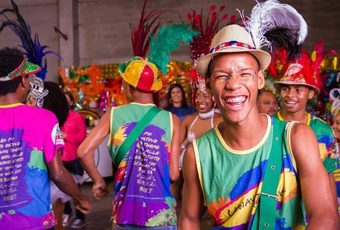
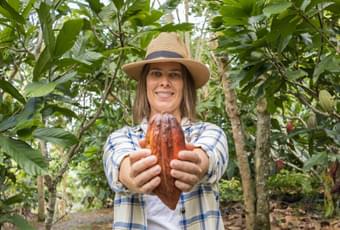
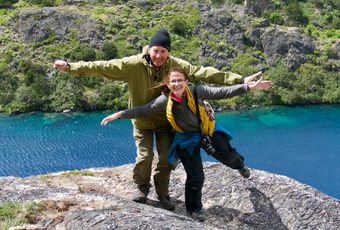


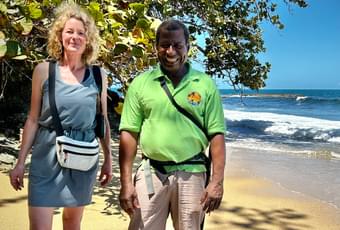
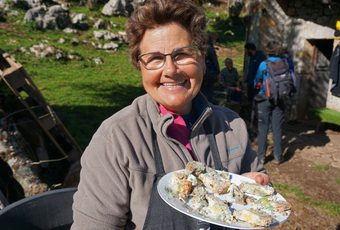

 By
By 

